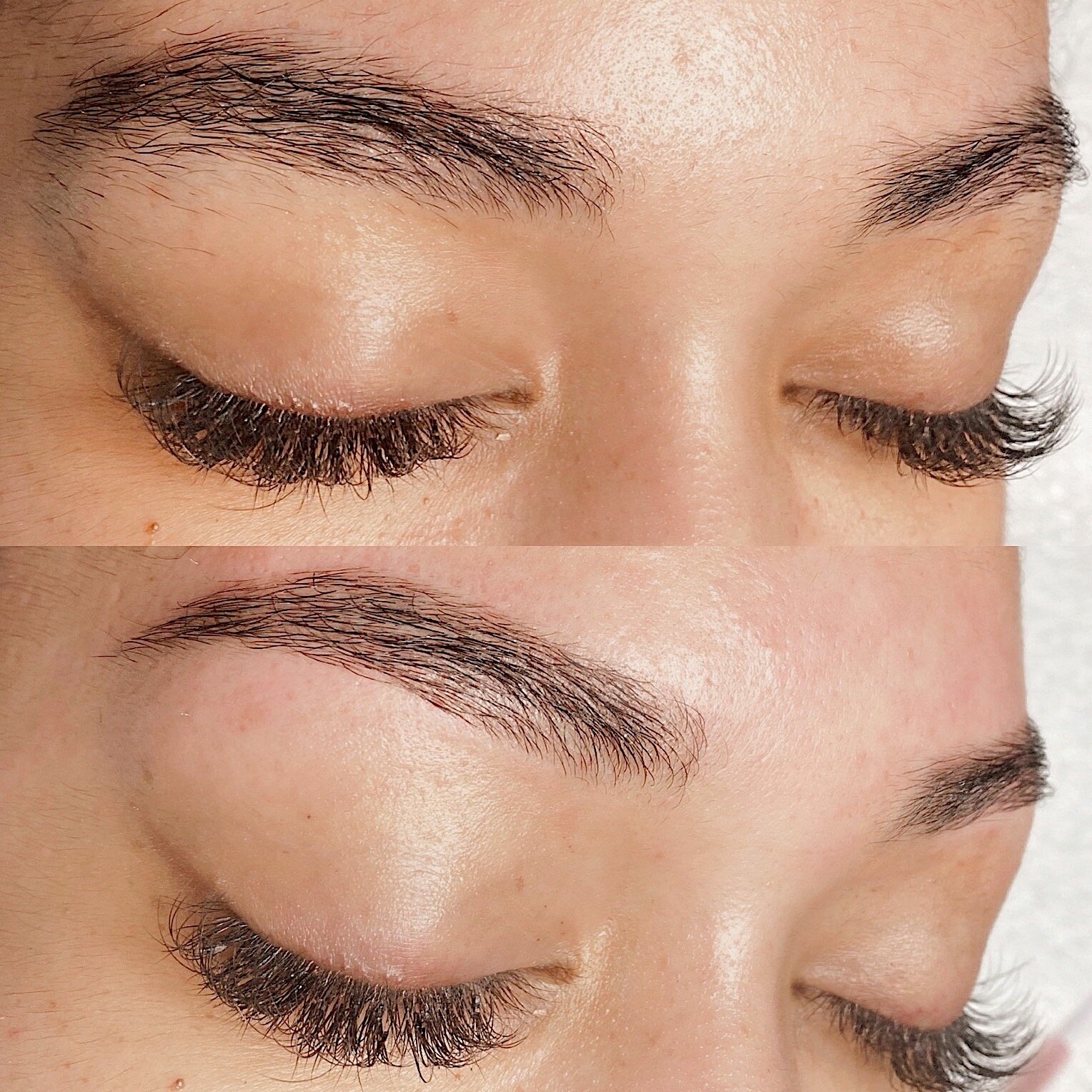An effluent holding tank typically consists of a cylindrical or barrel-shaped container filled with water or slurry. The container is surrounded by a protective coating that helps maintain the tank's temperature and prevents corrosion.
The main purpose of an effluence holding tank is to prevent wastewater from flowing into the environment uncontrolled. The tank collects wastewater from different parts of the facility and transports it to the treatment plant in a controlled manner.

Image Source: Google
Here are mention three types of holding tanks:
Point-of-Use Tanks: These tanks are located at the point of discharge for a plant. The water is drawn up from the sewers and treated before it enters the tank. The water then flows out of the tank into the drainage system.
Centralized Effluent Holding Tanks: These tanks are larger than POU tanks and can hold more water. They are located in a central location, usually near the plant’s wastewater treatment facility. Water is drawn up from the sewers and treated before it enters the tank.
Decentralized Effluent Holding Tanks: These tanks are smaller than POU tanks and can hold less water. They are located on-site at plants where wastewater is discharged. Water is drawn up from the sewers and treated before it enters the tank. The water then flows out of the tank into an area near where it was discharged, usually a river or lake.

